
Why did the rural establishment imprison 16 women and 2 babies in 1873?
The Ascott Martyrs – From Tolpuddle to the Cotswolds – A story of 19th century rural oppression in England when 16 women and 2 babies were imprisoned in Oxfordshire, England, leading to a national scandal and a partial pardon by Queen Victoria.
This unusual history book, written by national academic leaders and local historians, puts the 16 women who came to be known as the Ascott Martyrs at the centre of a story that until recently was largely lost to history. The book examines the political, agricultural, religious, educational and social environment surrounding this event, acknowledging the hardships and inequalities that these women and their families faced. It consists of ten essays which take different historical themes, each of which sheds a particular light on the Ascott Martyrs locally and the national context. The book is edited by distinguished social historian Professor Keith Laybourn.
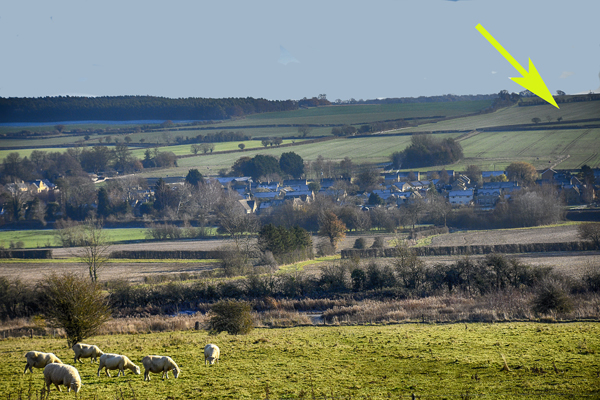
Introduction: Secular ‘jurisdiction martyrs’
Editor Keith Laybourn, Professor Emeritus University of Huddersfield
Visiting Professor York St John University
The events in the context of the time and introducing the themes to be raised by the essays. In the realms of secular, non-religious martyrdom, the women have been ignored in favour of their much more lauded male counterparts.
In the rural society of Oxfordshire there was great social inequality arising from the lack of democratic political power, and where the landowners, the farmers, the law, the magistracy and the education system operated against the rights of workers to ensure their economic, social and political servility in what was a denial of citizenship.
Above all, this account restores the Ascott Martyrs, the 16 women who were accidental secular martyrs, to their rightful place in the battle against injustice.
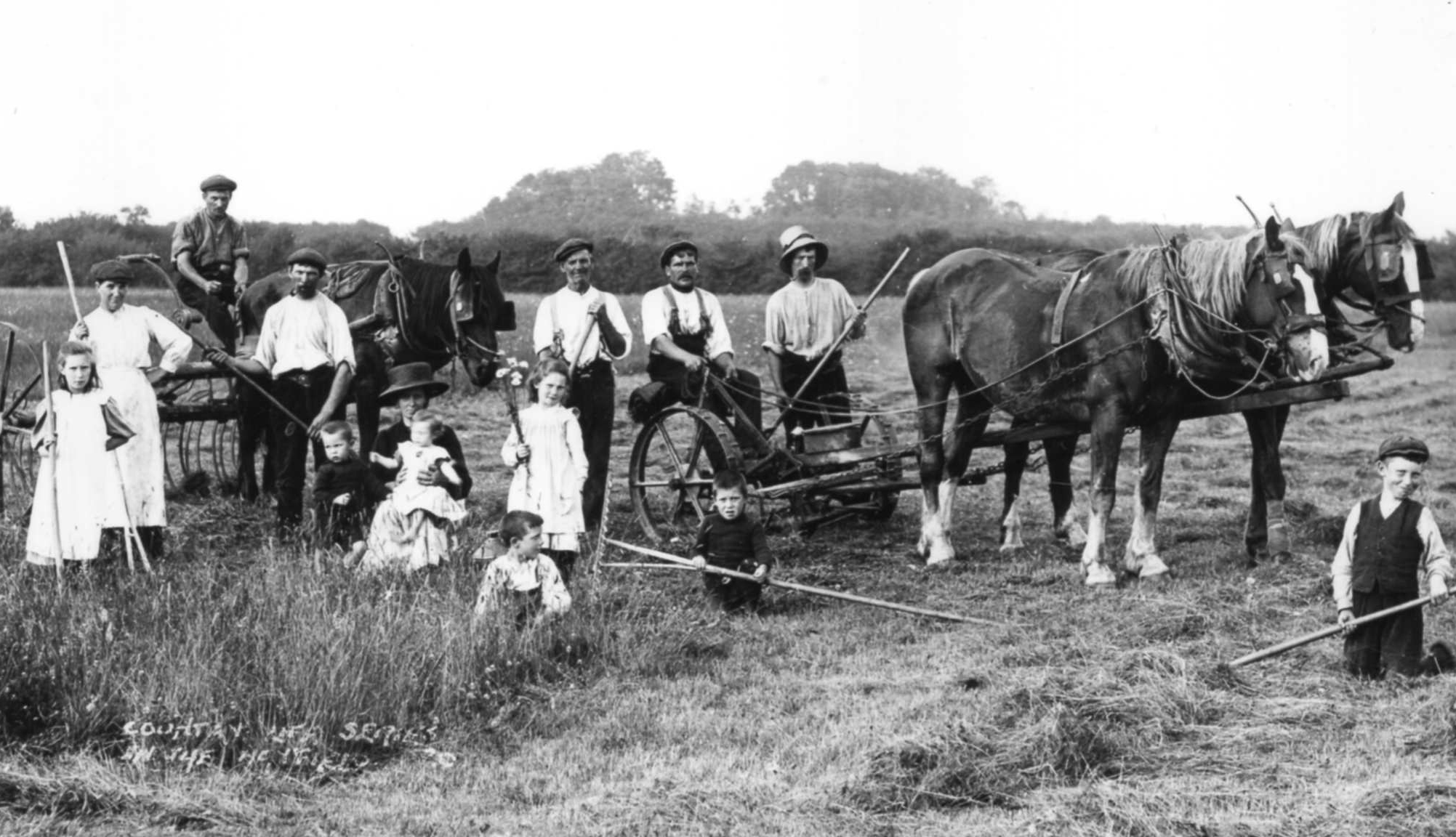
1. How ‘just a bit of fun’ led to the imprisonment of 16 women and raised a national furore
Carol Anderson, Former Director, Oxfordshire Museum; Chair of Ascott Martyrs Educational Trust
‘I little thought I should ever see the inside of a prison…’
– One of the Ascott Martyrs quoted in The Daily News, 29 May 1873
A narrative of the unfolding events that saw a minor, local incident which might otherwise have been passed over as nothing more than ‘a bit of fun’ lead to a prosecution and attract the attention of, among others, journalists from The Times and the Daily News, resulting in much correspondence in The Times (featured in the appendices) and questions being asked in the House of Commons.
Using contemporary accounts, this essay explores the events as they unfolded in the remote Cotswold village of Ascott-under-Wychwood from April 1873 that were to see 16 women, two with suckling babies, imprisoned with hard labour and draw the nation’s attention to the poverty and insecurity endured by many agricultural labourers and their families. Their demands for liberty and rights might have seemed ‘unseemly and outrageous’ to the farmers and the establishment, but were fundamental to the eventual emergence of full citizenship for the mass of the population of England.
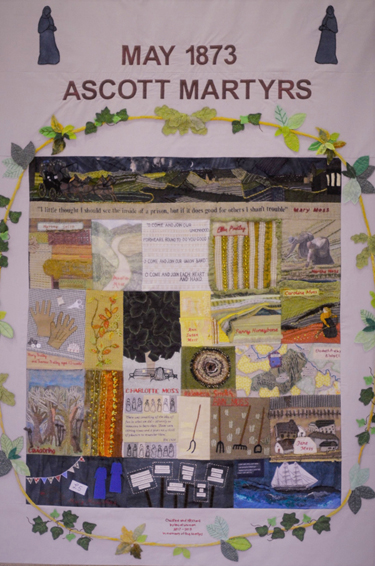
2. From Tolpuddle to Ascott
Les Kennedy, Tolpuddle Radical History Group
‘the agricultural labourers… had at last determined to help themselves…’
– George Odger, President of the London Trades Council, 15 November 1873
This essay considers union development from Tolpuddle in 1834 to Ascott in 1873, and the rise and fall of the National Agricultural Labourers’ Union (NALU). There are clear similarities between the two events: both involved agricultural workers who were loosely connected to trade unions and agricultural unrest; both had dubious trials; and both were given harsh sentences which led to public protests.
The lot of the Ascott women in the 19th century certainly owes a great deal to the fact that the unions were male dominated until the mid-20th century; they were also weak institutions (especially financially). As the 20th century developed there was less reliance on ‘martyrs to the cause’ because the Labour Party emerged as a political force. The Ascott women played their part and should not be forgotten.
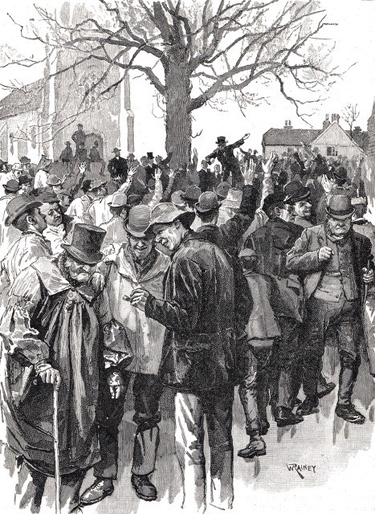
3. Rural women’s work and the case of the Ascott Martyrs in mid-Victorian England
Nicola Verdon, Professor of Modern History at Sheffield Hallam.
‘Bold, imprudent, scandalmongers’
– Royal Commission on the Employment of Children, Young Persons and Women in Agriculture, 1868–9
Rural women’s work and the case of the Ascott Martyrs in mid-Victorian England. While the women of Ascott were, in many ways, representative of poor working-class rural families in mid-Victorian England, what happened in May 1873 and the aftermath of the events was unique.
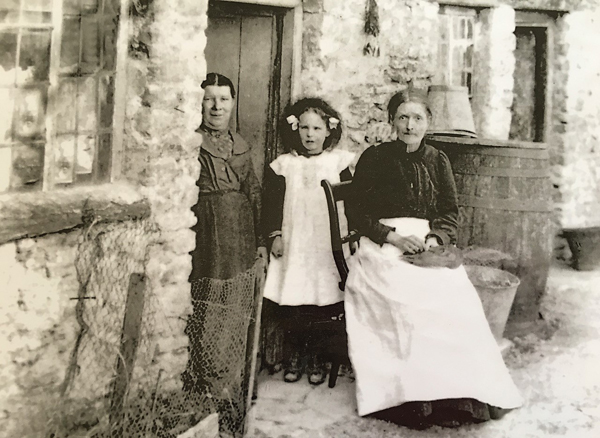
4. The economics and structure of farming in Oxfordshire in the 19th century
John Martin, Professor of History, Reading University
‘Since 1862, the tide of agricultural prosperity had ceased to flow, after 1874 it turned and rapidly ebbed.’
– Lord Ernle, English Farming Past and Present, 1922
A survey of agriculture in the 19th century, focusing on Oxfordshire around 1873 and the role of the tenant farmer and landowner. While not necessarily exonerating Ascott employer Robert Hambidge, it is evident that there were at least mitigating circumstances which should be taken into account when evaluating his actions.
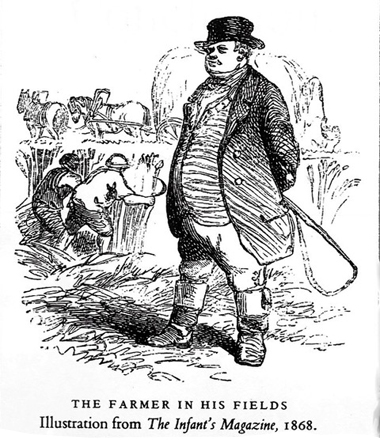
5. All things bright and beautiful: Church v Chapel in the Wychwoods
John Bennett, Secretary, Wychwoods Local History Society
‘The labourer was as respectable as the farmer, because God made him, and to trample upon the labourer was to trample on God’s property.’
– Joseph Arch, Milton-under-Wychwood 6 July 1873
An account of religious options available to the agricultural worker in the Wychwoods, exploring the position of the Church of England, the strong presence of Nonconformists and the supportive connections between the latter and the NALU. The courage the women found to support their striking menfolk must have been, at least in part, kindled by the self-reliance and confidence they discovered in their dissenting chapels, their resolve further strengthened by the compelling oratory of charismatic union men, and sometimes Nonconformist preachers, such as Joseph Arch.
The Wychwoods Local History Society www.wychwoodshistory.uk
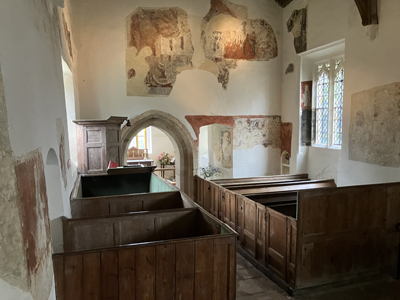
6. Rural society in the 1870s: poverty, injustice, ignorance and inequality
Brian Cox, Descendant of an 1873 Ascott under Wychwood resident and author of a dissertation on the Ascott Martyrs.
‘The majority of the cottages that exist in rural parishes are deficient in every requisite that should constitute a home for a Christian family in a civilised community’
– The Rev. James Fraser, a member of the Royal Agricultural Employment Commission 1867–1869
Looking at poverty, class conflicts and opportunities particularly for women, and the individuals’ prospects, plus the political influences at the time. Somehow the women’s imprisonment touched the nation’s nerve regarding injustice and inequality but despite the noise, as so often happens it was some decades before any real changes occurred that were beneficial to the rural labourer and especially for women.
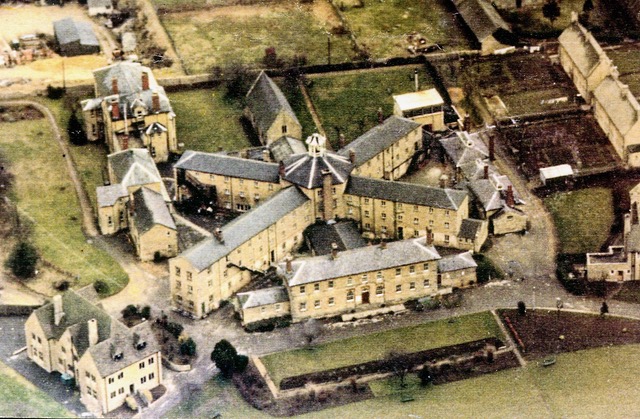
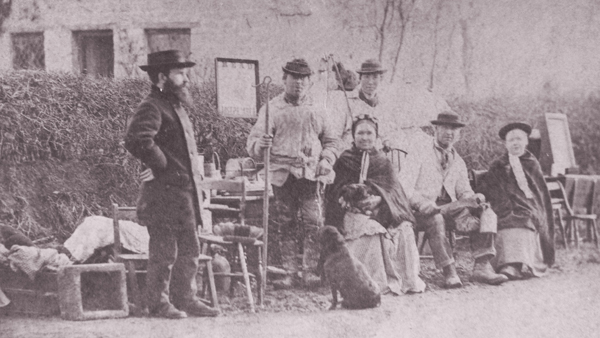
7. The Criminal Law Amendment Act 1871
Keith D. Ewing, Professor of Law, King’s College London; President of the Institute of Employment Rights and the Campaign for Trade Union Freedom.
‘the means which labourers could use in a strike or lockout were withdrawn from the locus of all common citizens, and placed under exceptional penal legislation…’
– Karl Marx
The significance and relevant detail of the Criminal Law Amendment Act 1871 under which the Ascott Martyrs were imprisoned, and subsequent changes to allow picketing.
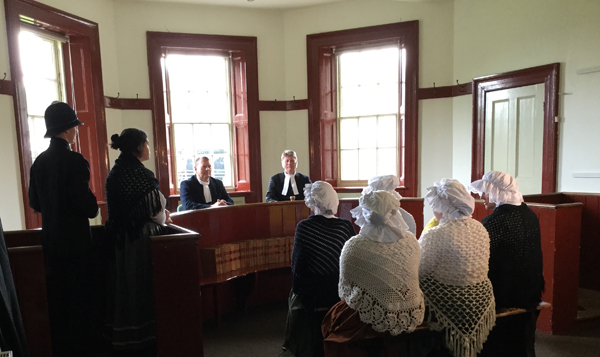
8. ‘The cross in one hand, the gibbet in the other’: clerical magistrates and the impact of the Ascott Martyrs’ case on their future
Christine Gowing, local and medical historian; Secretary of Churchill & Sarsden Heritage Centre, Oxfordshire (churchillheritage.org.uk)
‘The time is coming when there will be a cry to which the Legislature cannot turn a deaf ear for the reorganisation of the Magistracy…’
– The Spectator, 31 May 1873
The background and history of clerical magistrates. The controversial trial of the Martyrs had tried to bring about a disqualification for clerical magistrates as part of ‘the revolution that will eject the squires from the last stronghold of their power’. However, while there was public protest, there was press outcry, and there was political scrutiny, the expectation of a change in legislation to end appointment of clerical magistrates simply did not materialise.

9. ‘The Promised Land’: the story of emigration, 1850–1911
Martin Greenwood, local author, The Promised Land, Robert Boyd 2020
‘We can live here, but we only lingered in England.’
– John Timms, former secretary of the Ascott branch of the union after nine months in New Zealand
Between 1853 and 1913, some 13 million people emigrated from the UK, with the peak from the Wychwoods (about 25%) in 1874. Most of them were farm labourers, suffering from the agricultural depression and faced with the terrifying prospect of the workhouse. They were assisted by the union and particularly by the New Zealand government. Emigration acted as an escape and was indeed the Promised Land but it was also a break with families when the communication was very difficult and the chances of meeting their family again virtually nil. One has to imagine the positive contribution they could have made back in the Wychwoods if they had been treated better by English society.
Between 1853 and 1913, some 13 million people emigrated from the UK mainly to Australia, Canada and New Zealand, with the peak from the Wychwoods (about 25%) in 1874. Most of them were farm labourers, suffering from the agricultural depression and faced with the terrifying prospect of the workhouse. They were assisted by the union and particularly by the New Zealand government. Emigration acted as an escape and was indeed the Promised Land but it was also a break with families when the communication was very difficult and the chances of meeting their family again virtually nil. One has to imagine the positive contribution they could have made back in the Wychwoods if they had been treated better by English society.
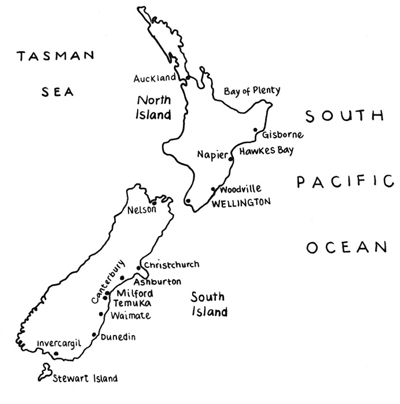
10. Electoral reform, politics and the Ascott Martyrs
Nick Mansfield, Professor of History University of Central Lancashire
‘The franchise must be extended to households and individual men, so that they could be eligible to vote and represent the needs of labourers in Parliament’
– Christopher Holloway, NALU Oxfordshire activist, 1873
The essay outlines the growth of voters in Ascott in successive electoral reform acts in 1867, 1872, 1884 and 1918. Although in 1884 rural poor men received the vote, including the Ascott strikers, the survivors of the female Ascott Martyrs did not become enfranchised until after the First World War. After 1884 Ascott farmworkers probably followed the Liberalism of Joseph Arch, but by 1922 the Conservative landed patriarchy re-asserted itself.
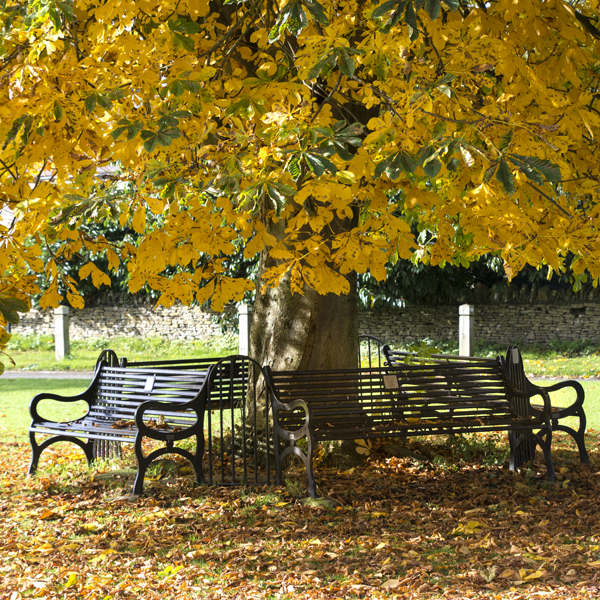
Appendices: Original sources from The Times,
The Spectator, etc.
67,000 words 50 illustrations Surplus funds go towards preserving the memory of the women.
For further information contact Paul Jackson Publisher, Founder and former Trustee of Ascott Martyrs Educational Trust.
Mobile: 07974565618
Telephone: 01608 811370
Email: pauldjackson1@outlook.com
With thanks to https://preparetopublish.com
Website constructed by GD Associates
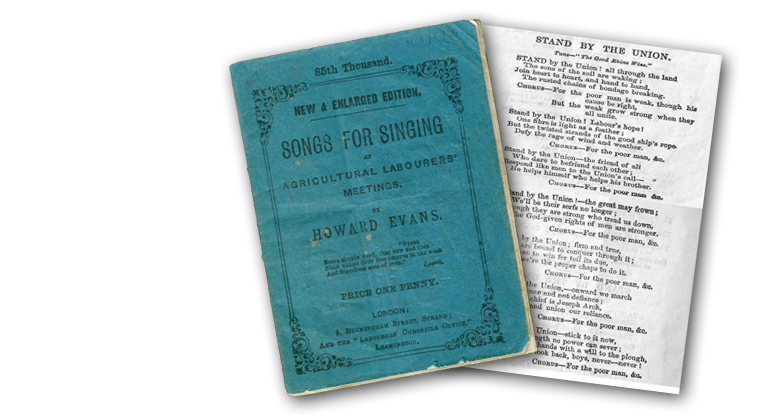
Written and sung by Mark Pidgeon
Stand by the Union
Taken from Orignal Union song book (no date) Nuffield College Oxford.
Frank Kelly Martyr descendent of Ann Moss nee Hudson.
Reviews
There is a wealth of information to absorb with different perspectives and interlinking themes but the book provides a logical structure and something for everyone. It is a fine well-developed construction with clear analysis of a lost history that exposes misogyny, class privilege and the power of the establishment. The authors should be congratulated for telling a story that has both national and local interest, that still resonates and perhaps should be made into a film just like Tolpuddle was.
Dr Anne Skinner Oxford Local History Association
This book looks at the background to the impact of the Ascott Martyrs, at the lives of working women at the time, at unionisation of agricultural workers, at the economic, legal, religious, educational and social issues at stake, and how the actions of the Ascott Martyrs over 150 years ago lead to changes that we need to protect, defend and build on today. Following the sacking of farm workers for joining the National Union of Agricultural Workers in the Oxfordshire village of Ascott-under-Wychwood, these sixteen Ascott women, two with babies, picketed. They urged the strike breakers the farmer had employed from nearby Ramsden to unionise, and were sentenced to prison and hard labour as a result, in a case leading to local rioting, questions in Parliament and an eventual pardon from Queen Victoria.
At the TUC Women’s Conference 2023, a special tribute was paid to the Ascott Martyrs, to mark 150 years since their remarkable achievements. This book keeps their struggle alive for everyone today. Thank you to the Ascott Martyrs and their descendants, to the Unite Women and Unite Agricultural union members still organising and struggling for justice, respect, equality, decent jobs, pay and conditions, to all who have contributed to this book, to Paul Jackson, and finally to Beverley McCombs, whose book “The Ascott Martyrs: Sixteen Women from Ascott-Under-Wychwood Who Were Sent Over the Hills to Glory” paved the way, ” available from www.ascottmartyrs.co.uk
Diana Holland
Diana Holland is a dedicated Trade unionist and long-standing campaigner for equality and workers’ rights. She was recently Assistant General Secretary of Unite for Equalities and for Food, Drink & Agricultural members.
This new book does the memory of the Ascott women proud, it sets out fully, for the first time, why it happened. It was not an isolated incident – the traumatic event and consequences were a function of an oppressed working class, misogynism, landowner corruption and the control of the political and religious process. Small wonder that an estimated 21% of the local population emigrated. As one reads the different essays by specialists you feel for the women who suffered the consequences because of no single issue. The book will ensure the Ascott Martyrs will not again be lost to history.
Kester Harvey, Founder and former Trustee of Ascott Martyrs Educational Trust
The book is well set out, and gives the basic history and importantly the wider social and economic background of the exploitation of women in the 19th century. There were many issues that led to their imprisonment. It’s nice to see the story being kept alive for future generations to appreciate. Be grateful for a better life in the 21st century.
Marilyn Baker (nee Moss) Descendent, Founder and former Trustee Ascott Martyrs Educational Trust
“One of the recurring themes in the book is how sex shaped how the Ascott Martyrs were perceived… they were heroines of the wash tub”.
“One Union supporter observed that they would have been better at home minding their families!”
“The result is an attractive and engaging book”
Clare V J Griffiths MA DPhil FRHistS
Professor of Modern History
Head of History
Vice President of the Royal Historical Society
School of History, Archaeology and Religion
Cardiff University
‘The book offers a unique overview of a major, but largely forgotten, event, with carefully researched chapters by leading academics and local historians. It covers the events themselves, their background and their consequences’.
Dr Jonathan Healey, Associate Professor in Social History
Kellogg College, University of Oxford
Avaiable from Oxfordshire Libaries


